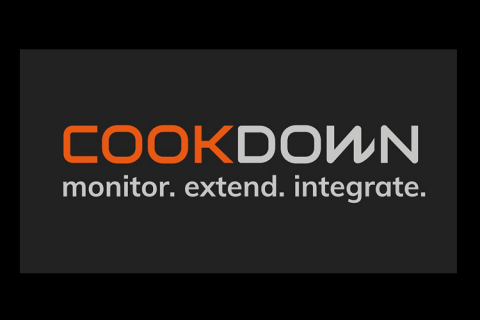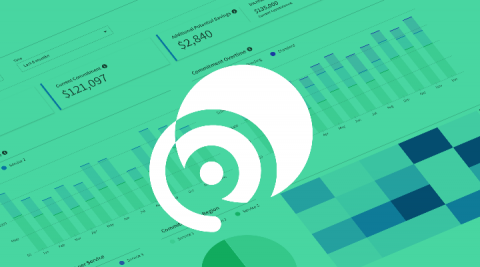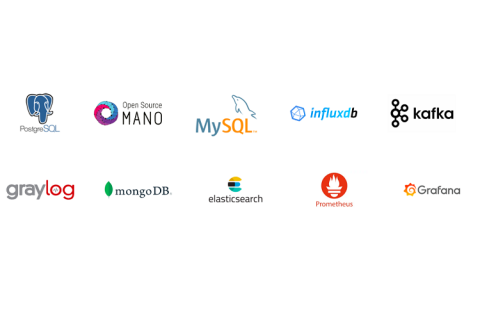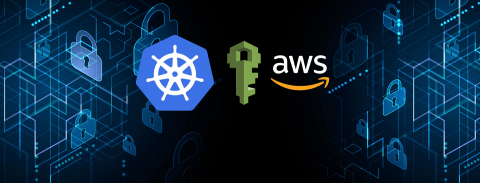Operations | Monitoring | ITSM | DevOps | Cloud
Latest Posts
Fleet Management for Kubernetes is Here
Today I’m excited to announce Fleet, a new open source project from the team at Rancher focused on managing fleets of Kubernetes clusters. Ever since Rancher 1.0 shipped in 2016, Rancher has provided a central control plane for managing multiple clusters. As pioneers of Kubernetes multi-cluster management, we have seen firsthand how users have consistently increased the number of clusters under management.
Announcing Hosted Rancher with Rancher 2.4
We’ve heard from many of our customers and prospects that they love Rancher but just don’t have the staff and expertise to operate the platform. Figuring out the compute, storage and networking architecture can be a challenge. Performing upgrades, backups and troubleshooting can also be time consuming. Monitoring the environment and knowing when to scale up or down, horizontally or vertically, is yet another thing to worry about.
Want to be able to work even faster and smarter? Download Discovery 1.5, live today!
Our ServiceNow Discovery Connector extends your ServiceNow discovery sources into SCOM, allowing you to leverage the rich management pack discoveries and wide SCOM agent deployment to populate your CMDB with everything from servers and devices to databases, clusters, and services. All with no extra agents, so you are up and running in minutes not months! Our latest version also brings with it some new features.
We've just launched Alert Sync 1.5 and it's even more functionally fantastic than before!
So, what shiny new functionality have we added for you to enjoy? As well as all the great stuff Alert Sync did before, you can now benefit from even more features: Wait Rules allow an incoming SCOM alert to be held for a specified period of time; before being evaluated against Incident Creation rules. This is really useful for those incidences when a SCOM alert might open and close itself in quick succession (like a CPU usage threshold monitor).
Reserved Instances and Savings Plans on Your Terms with New Configurable Eco Strategies
As a “one size fits all” approach for AWS reservations doesn’t typically work for most AWS customers, Eco by Spot provides intelligent reserved instances and savings plans lifecycle automation with a focus on creating and executing customized, reserved capacity portfolios. These well balanced portfolios diversify customer commitments to various reserved instances and savings plans, ensuring the best blend of reserved pricing coverage, savings and optimal term length (e.g.
Canonical announces Managed Apps to simplify enterprise cloud operations
Seven reasons why website uptime monitoring is important for your business
We know from experience that many online businesses and website owners spend a lot of time and money on online marketing and getting conversions. However, sometimes, teams lose sight of one of the most basic of concerns, website uptime. Teams forget the impact of downtime, and they neglect to monitor their website’s uptime. As a result, when a website outage occurs—and it will—the downtime goes unnoticed, but the outage still affects visitors and potential customers.
The art of shipping and monitoring software with speed and confidence
IAM Access in Kubernetes: How to Install Kiam
In the last post, we compared kiam and kube2iam head-to-head. While kube2iam was declared the winner of that comparison, I feel that the case for kiam too compelling, and the setup too complicated, to not share my experience setting it up in production.










